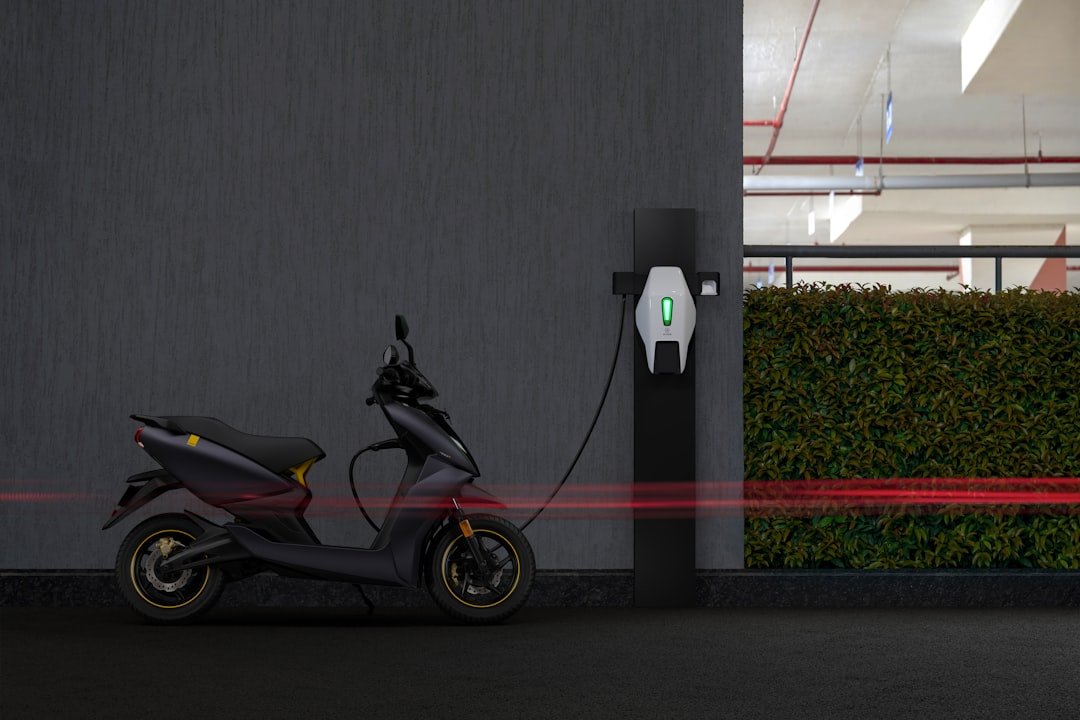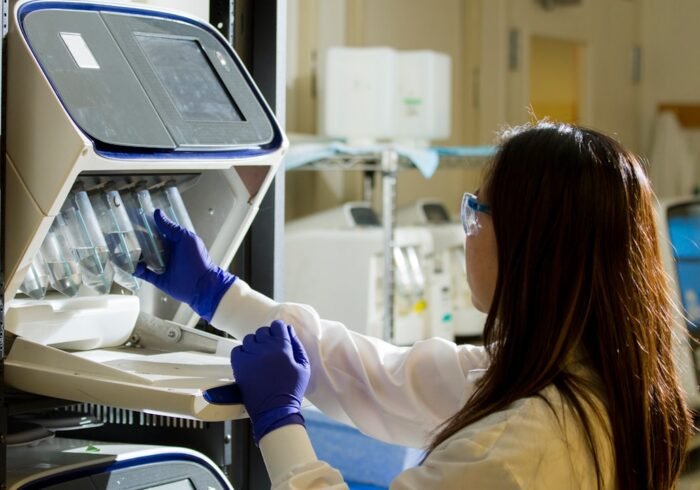Green Alternatives for Cleaner Air In a time when environmental issues dominate international debate, the need for cleaner air has grown more pressing. Worldwide populations are at serious risk for health problems due to the air quality crisis, which is made worse by household chemicals, automobile pollution, and industrial emissions. People and communities are looking for green alternatives that will improve their quality of life and help create a healthier planet as awareness rises. These options cover everything from household goods to the means of transportation used for commuting.
Key Takeaways
- Green substitutions can help improve air quality and reduce air pollution.
- Natural air purifiers like plants and salt lamps can effectively clean indoor air.
- Eco-friendly cleaning products can help reduce harmful chemicals in the air.
- Sustainable transportation options like biking and public transit can reduce air pollution.
- A plant-based diet can have a positive impact on air quality and reduce greenhouse gas emissions.
Green substitutes are a fundamental change in the way society views environmental stewardship, not just a passing fad. Making sustainable decisions can help people significantly lower air pollution and enhance the quality of the air in general. This article examines a number of important areas where green substitutions can have a big impact, such as the use of renewable energy sources, plant-based diets, energy-efficient appliances, natural air purifiers, eco-friendly cleaning supplies, sustainable transportation options, and green building materials.
VOCs, dust, and allergens are among the pollutants that frequently degrade indoor air quality. Many people are using natural air purifiers, which efficiently clean the air without adding dangerous chemicals, to address this problem. The ability of houseplants to release oxygen & absorb toxins has made them popular. Examples of these include peace lilies, snake plants, and spider plants. In addition to making living areas more aesthetically pleasing, these green friends also help create a healthier indoor atmosphere.
Air-purifying moss walls are one of the creative & successful alternatives to conventional houseplants. These live moss installations give homes and workplaces a distinctive aesthetic appeal while filtering out pollutants. Through the installation of these natural air purifiers, people can drastically lower indoor air pollution and make their spaces feel cozier. Beyond aesthetics, better air quality can result in increased productivity and well-being. The harsh chemicals found in many household cleaning products can contribute to indoor air pollution.
| Green Substitutions | Benefits |
|---|---|
| Bicycling instead of driving | Reduces air pollution and greenhouse gas emissions |
| Using public transportation | Decreases traffic congestion and air pollution |
| Switching to electric vehicles | Reduces air pollution and reliance on fossil fuels |
| Using renewable energy sources | Decreases air pollution and carbon emissions |
Many traditional cleaners emit volatile organic compounds (VOCs) into the air that persist for a long time after use, endangering the health of nearby residents. Eco-friendly cleaning supplies have become a competitive substitute in response to this problem. Natural ingredients are used in the formulation of these products to clean surfaces efficiently without sacrificing air quality. In order to reduce their environmental impact, brands that place a high priority on sustainability frequently use plant-based ingredients and biodegradable packaging. Customers can lessen their exposure to dangerous chemicals & help businesses that are dedicated to environmental responsibility by selecting eco-friendly cleaning products.
Also, maintaining cleanliness without contaminating the air can be done affordably and effectively with do-it-yourself cleaning solutions made from basic ingredients like vinegar, baking soda, and essential oils. Vehicles emit toxic gases that deteriorate air quality, making transportation a major source of urban air pollution. Many cities are encouraging eco-friendly transportation options that lessen dependency on fossil fuels in order to address this issue. Infrastructure for bicyclists, public transportation systems, and pedestrian-friendly urban design are all components of a larger plan to promote environmentally friendly transportation. Also, electric vehicles (EVs) have become more popular as a greener substitute for conventional gasoline-powered automobiles. As battery technology advances and the number of charging stations grows, electric vehicles (EVs) present a viable way to cut emissions.
Also, for people who might not require a vehicle on a daily basis, ride-hailing services and car-sharing programs offer flexible options. Adopting these environmentally friendly modes of transportation allows people to benefit from less traffic and cheaper transportation expenses while also helping to improve the quality of the air. Individual dietary decisions can have a significant impact on environmental sustainability and personal health.
A plant-based diet has been demonstrated to improve air quality by lowering the need for animal husbandry, a major contributor to greenhouse gas emissions. Air pollution is made worse by livestock farming’s contributions to methane emissions, deforestation, and land degradation. People can lessen these effects on the environment by switching to a diet high in fruits, vegetables, grains, and legumes.
Research has shown that, in comparison to diets high in meat, plant-based diets use fewer resources and emit fewer emissions. Also, the carbon footprint related to transportation can be further decreased by sourcing plant-based foods locally. A healthier planet and better air quality could result from more people switching to plant-based diets.
Appliances that use less energy are essential for lowering air pollution and energy consumption. Conventional appliances frequently use antiquated technology that generates electricity, uses excessive amounts of energy, and adds to greenhouse gas emissions. Energy-efficient models, on the other hand, are made to consume less power without sacrificing functionality.
Customers can drastically reduce their carbon footprint & energy costs by purchasing appliances with high Energy Star ratings or comparable certifications. Also, a lot of energy-efficient appliances come with sophisticated filtration systems that reduce dust and allergens and enhance indoor air quality. Customers who care about the environment and want to improve their living areas while also helping to clean the air will find them to be an appealing alternative due to this dual advantage.
There have long been substantial environmental effects linked to the construction sector, especially with regard to indoor air quality. Numerous common building materials emit dangerous chemicals that can persist for years indoors. The emergence of green building materials, however, provides a solution that puts sustainability and health first. Low-VOC paints, bamboo flooring, and recycled steel framing are among the materials that are growing in popularity among both homeowners and builders. These substitutes lessen exposure to harmful substances, which not only lessens the environmental effect of construction but also promotes healthier indoor environments. Also, by encouraging airflow and lowering humidity levels, high-performance insulation and natural ventilation systems can improve indoor air quality even more.
The battle against air pollution heavily relies on renewable energy sources like hydroelectric, wind, and solar power. When used to generate energy, renewables provide a cleaner alternative that drastically lowers greenhouse gas emissions, in contrast to fossil fuels, which emit toxic emissions. There is a growing possibility of better air quality as more nations switch to renewable energy infrastructure. The immediate issue of air pollution is addressed by investing in renewable energy, which also advances long-term sustainability objectives. Societies can lessen their reliance on fossil fuels while fostering economic growth through green jobs in the renewable energy sector by utilizing the abundant & limitless natural resources. In addition to being necessary for the environment, the move to renewable energy offers a chance for advancement and innovation in the development of a cleaner future.
In conclusion, it is both feasible and crucial for the welfare of people and the environment to pursue cleaner air through green substitutions. Society as a whole can contribute to a healthier environment by adopting eco-friendly cleaning products, renewable energy sources, plant-based diets, energy-efficient appliances, natural air purifiers, sustainable transportation options, and green building materials. Every little adjustment supports a greater movement to enhance air quality & create a sustainable future for future generations.



